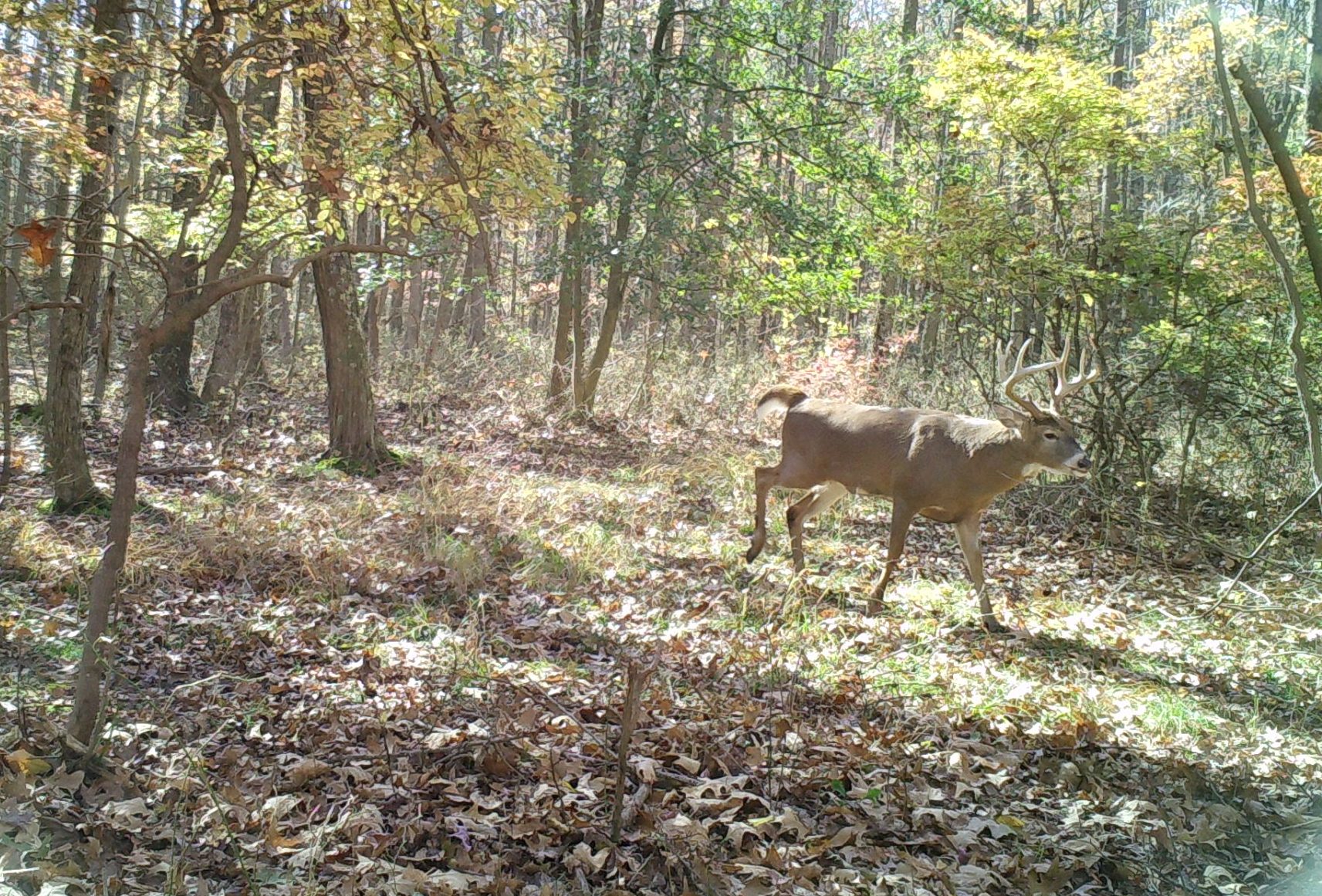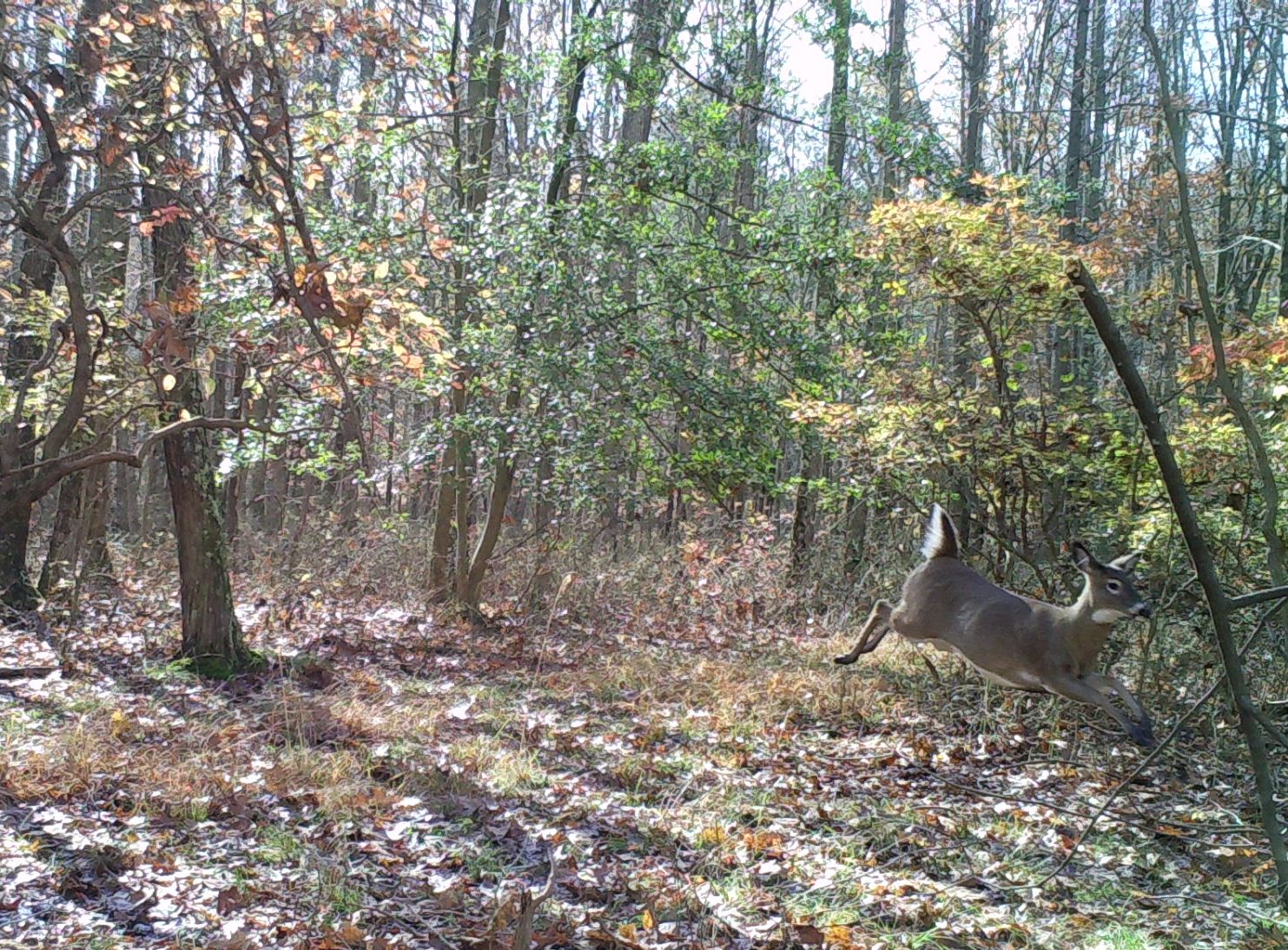You are a predator. Deer aren’t going to just stand there and wait to be eaten.
Humans often forget that we are part of the world around us and that our actions influence other species. Hunters understand that their activities can disturb their quarry. We often get questions like “how long” before a deer goes back to their “normal” movement pattern when disturbed.
There are several things to consider. First, what is “normal”? Second, what activity is considered disruptive? And lastly, does knowing this change a predator’s (i.e., a hunter’s) behavior?
Deer home range and movement patterns are fluid changing with season. We have shared endless posts about deer movement in the spring, home ranges in the fall, and vacations in the summer. Like you and me, pinpointing where a deer will be on a given day at a given moment is not a sure thing. Doctor’s appointments, grocery shopping, birthday parties, dog walks – variables that add nuance to our daily lives and locations. Deer are no different. All deer movement is “normal.” What hunters really want to know is will a deer walk by me on this day at this time. [If we could predict deer movement with that kind of accuracy, Duane and I would be rich and retired, the deer season would be about 2 hours long, and it would no longer be called hunting]

The impossibility of this task hasn’t stopped researchers from studying the effect of hunters on their prey.
One such study compared deer observations at varying hunter densities over 3 weekends of gun season in Oklahoma. Those in the high hunter density area saw the most deer overall but that number decreased precipitously after the first weekend. By the third weekend, hunters in those areas were seeing about the same number of deer as those in the low hunter density areas. While hunters in low hunter density areas saw fewer deer, the number seen remained relatively consistent.
Conclusion: Deer QUICKLY adjusted their behavior in response to perceived risk of predation by hunters on the landscape.
Another study in the same location looked at deer movements covering pre-hunt through post-hunt activity. Deer movement and space use declined over this entire period beginning with a 2-day scouting period which was 6 days before the hunting season. It continued as the 16-day hunting season progressed. Movement was the lowest following hunting season and then saw a slight increase 3 days after the close of the season. Use area followed the same pattern.
Conclusion: Once deer detect predators (hunters) on the landscape, they rapidly responded by moving less and using a smaller area with only negligible increases after those predators were removed from the landscape.
But these are not hard and fast rules. A review of deer response to hunting in the latest edition of what I affectionately call the deer “bible” shows just how variable and plastic our favorite animal is. Some studies show deer stay steadfast in their established home range while others display an increase in daily movement and change in home range use. Still others show no change in habits or shifts at all.
Hunting pressure, deer population, habitat type, age, sex, and individual deer experience all play a role in how a deer reacts when you step into the woods with your preferred hunting implement.
Do the findings from research in Oklahoma and elsewhere have any relevance to Pennsylvania? Does Pennsylvania have any data like that? Of course we do. Wait for it…
-Jeannine Fleegle
Wildlife Biologist
PGC Deer and Elk Section
